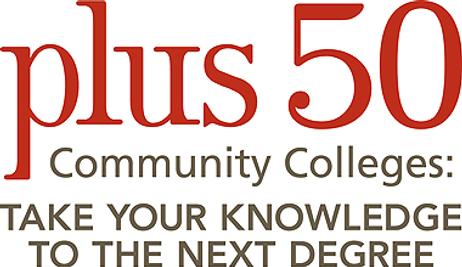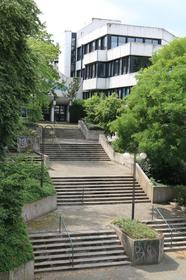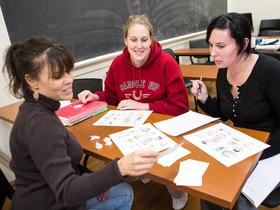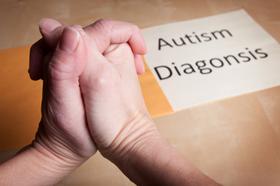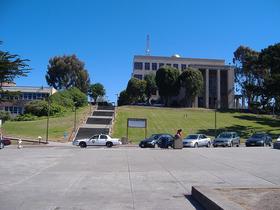Part of the college experience today is learning with, and learning from, people different from ourselves. However, in the past, some colleges were racially segregated - particularly in the South - until desegregation began in the 1950s and increased diversity at college campuses. While some colleges cater to specific populations, such as women, in general, college campuses are bastions of racial, ethnic, religious, and social diversity. This diversity lends itself to an enhanced educational experience, better preparation for working for companies with diverse employees, and a greater understanding of others. But where are the most diverse community colleges located? We collected data from community colleges in each state and analyzed it to determine how much diversity exists.
Diversity Scores of Community Colleges
In order to appropriately compare the diversity of community colleges, we mined student data and calculated diversity scores for each state. Specifically, we were interested in the presence of more than one ethnic group on campus. Our formula determines the likelihood that any two students at a college are from different ethnic groups. Scores closer to zero indicate less diversity on campus, while a score closer to 1 indicates more diversity on campus. For example, a college exclusively for African-American students would have a diversity score of zero even though the student body is comprised of an ethnic minority because other ethnic groups would not be present on campus. Conversely, a college with five or six ethnic groups on campus would have a much higher


